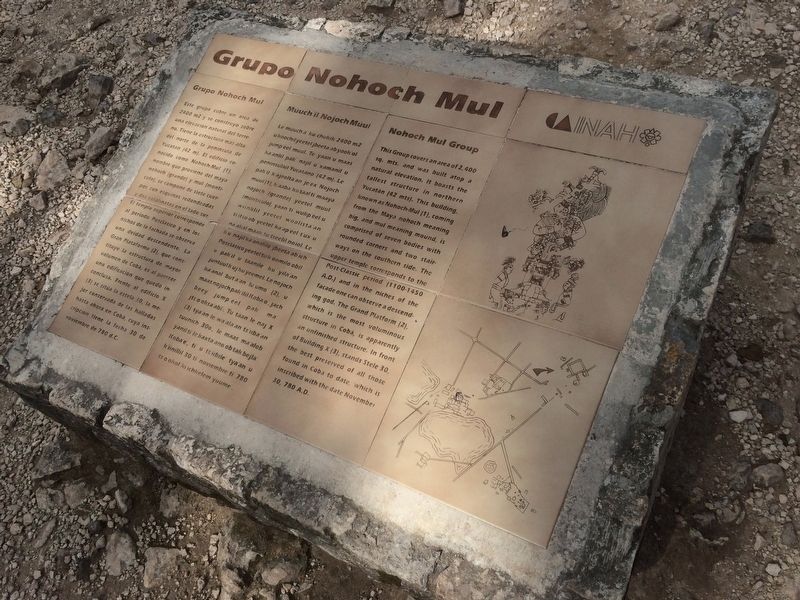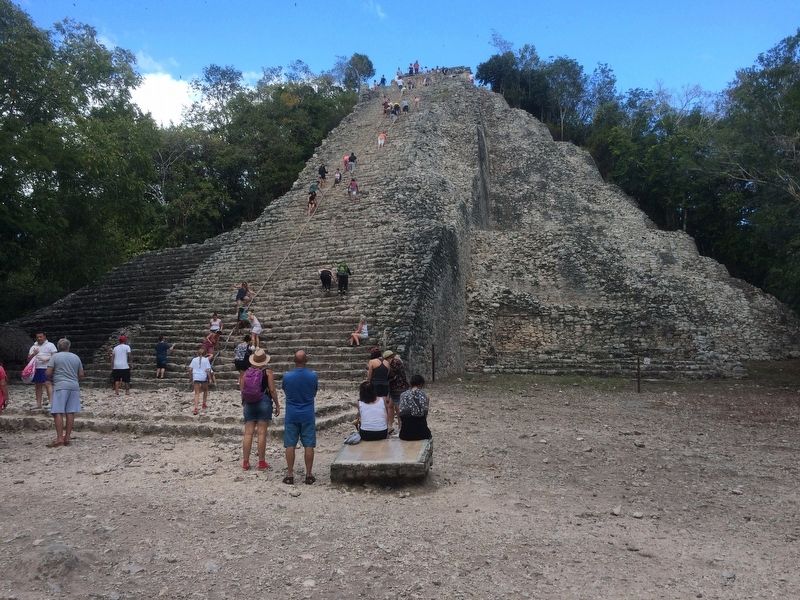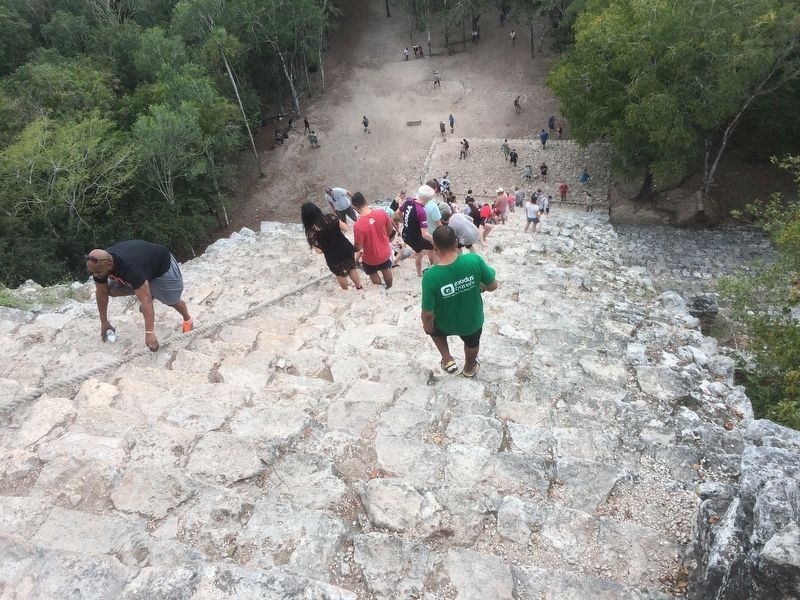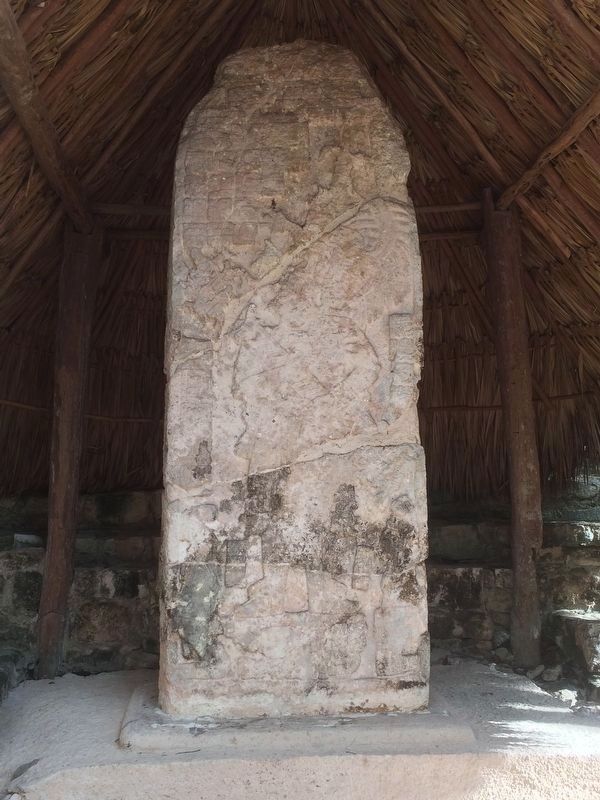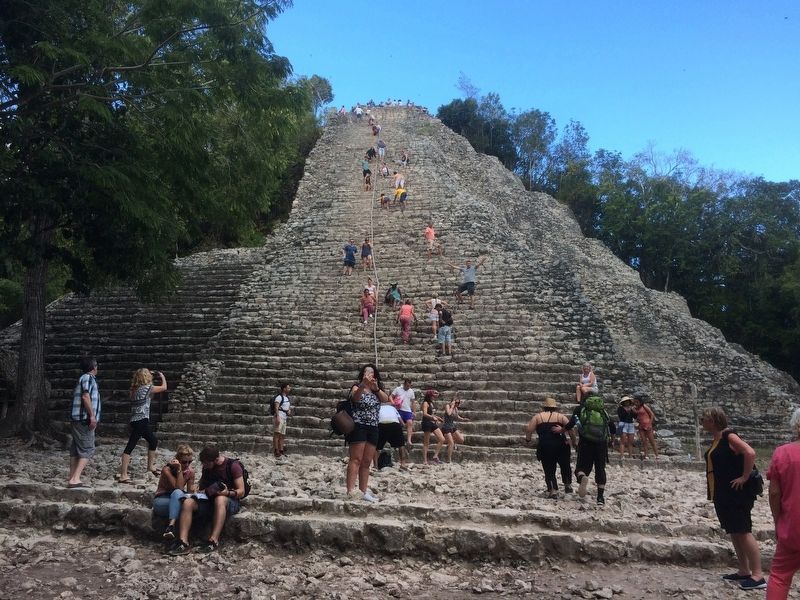Cobá in Tulum, Quintana Roo, Mexico — The Yucatan Peninsula (The Southeast)
Nohoch Mul Group
Grupo Nohoch Mul
Este grupo cubre un área de 2400 m2 y se construyo sobre una elevación natural del terreno. Tiene la estructura mas alta del norte de la península de Yucatan (42 m). El edificio conocido como Nohoch-Mul (1), nombre que proviene del maya nohoch (grande) y mul (montículo), se compone de siete cuerpos con esquinas redondeadas y dos escalinatas en el lado sur. El templo superior corresponde al periodo Posclasico y en los nichos de la fachada se observa una deidad descendente. La Gran Plataforma (2), que constituye la esctructura de mayor volumen de Cobá, es al parecer una edificación que quedó inconclusa. Frente al edificio X (3) se sitúa la estela 30, la mejor conservada de las halladas hasta ahora en Cobá, cuya inscripción tiene la fecha 30 de noviembre de 780 d.C.
Maya-Yucateco:
Múuch’il Nojoch Múul
Le muuch a’ chukik 2400 m2 u koochil yéetel jbeeta’ab yóok’ol jump’éel muul. Te yaan u maas ka’anlil pak najil u xamanil u peninsulail Yucatano (42 m). Le pak’il k’ajoolta’an je’ex Nojoch muul (1), k’aaba’ ku tal ti’ maaya nojoch (grande) yéetel muul (montículo), yaan ti’ wukp’éel u wiinklil yéetel woolista’an ti’itso’ob yéetel ka’ap’éel t’úx u na’akal maak tu tseelil noiol Le k’u najil ka’analilo jbeet’ab ich Posclásico yeetel tu’k oomilo’obil u pak’il u taanile ku yila’an juntúul k’uj ku yeemel. Le nojoch ka’anal but’a’an lu umo (2), u maas nojoch pak’ilil Koba’o’, jach beey jump’éel pak’ ma’ jts’o’oksa’abi’. Tu tan le naj X (3) tya’an le wa’ala’an ts’iiba’an tuunich 30o’, le maas ma’alob yanil ti’ le kaxta’ano’ob tya’an u k’iinillil 30 ti’ 780 ts’o’okol ki’ichkelem yuume’.
English:
Nohoch Mul Group
This Group covers an area of 2,400 sq. mts. and was built atop a natural elevation. It boasts the tallest structure in northern Yucatán (42 mts.). This building, known as Nohoch-Mul (1), coming from the Maya nohoch meaning big, and mul meaning mound, is comprised of seven bodies with rounded corners and two stair-ways on the southern side. The upper temple corresponds to the Post-Classic period (1100-1450 A.D.) and in the niches of the façade one can observe a descending god. The Grand Platform (2) which is the most voluminous structure in Cobá, is apparently an unfinished structure. In front of Building X (3), stands Stele 30, the best preserved of all those found in Cobá to date, which is inscribed with the date November 30, 780 A.D.
Erected by Instituto Nacional de Antropología e Historia (INAH).
Topics. This historical marker is listed in these topic lists: Anthropology & Archaeology • Architecture • Man-Made Features • Native Americans. A significant day of the year for for this entry is November 30.
Location.
20° 29.662′ N, 87° 43.229′ W. Marker is in Cobá, Quintana Roo, in Tulum. The marker is in front of Building X at the Cobá Archaeological Site. The marker appears to be in error when it indicates that the stela is number 30. The stela is actually Stela 20. Touch for map. Marker is in this post office area: Cobá QR 77793, Mexico. Touch for directions.
Other nearby markers. At least 4 other markers are within 19 kilometers of this marker, measured as the crow flies. Paintings Complex (approx. 0.7 kilometers away); The Coba Group (approx. 1.3 kilometers away); The City of Cobá (approx. 1.4 kilometers away); Otoch Ma’ax Yetel Kooh Ramsar Site (approx. 19.2 kilometers away).
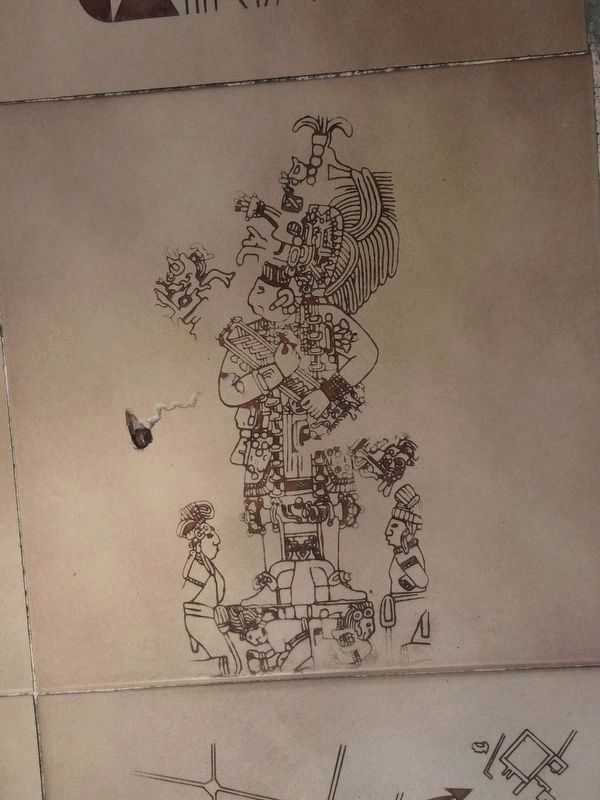
Photographed By J. Makali Bruton, January 13, 2017
5. A close-up of a drawing of Stela 20's inscription from the marker.
The inscription from Stela 20 shows a ruler in an elaborate headdress holding a large staff that indicates his power. The ruler is flanked by two prisoners. He stands over a base made of two bound prisoners, all presumably captured in war.
Credits. This page was last revised on December 14, 2020. It was originally submitted on March 4, 2017, by J. Makali Bruton of Accra, Ghana. This page has been viewed 314 times since then and 21 times this year. Photos: 1, 2, 3, 4, 5, 6. submitted on March 4, 2017, by J. Makali Bruton of Accra, Ghana.
